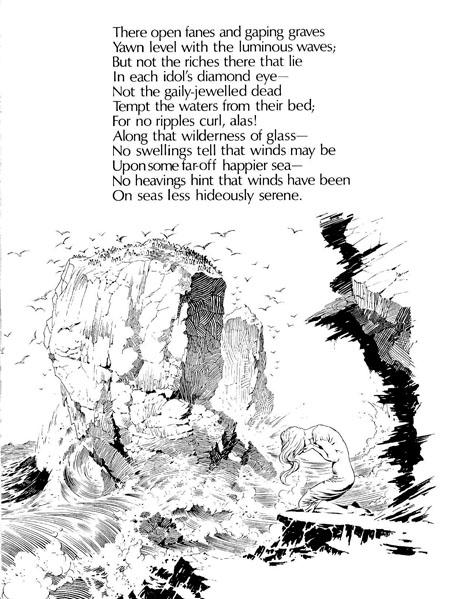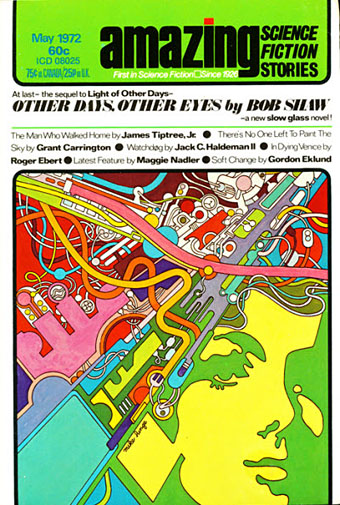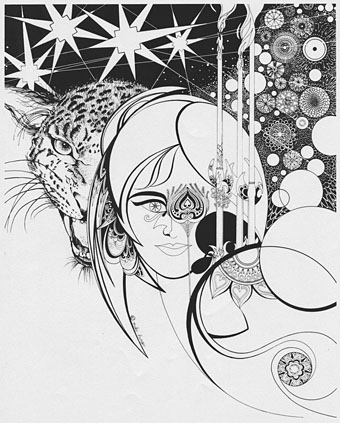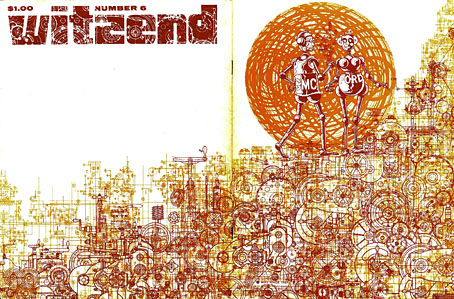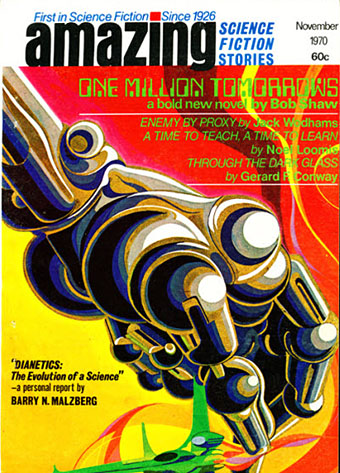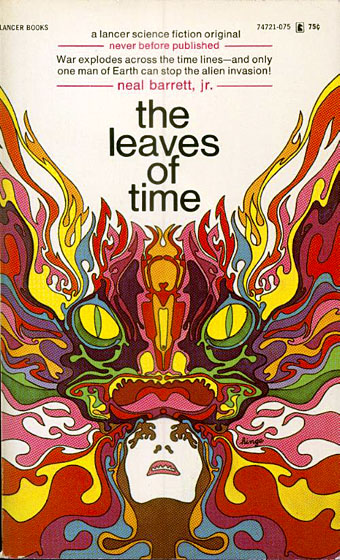Art by Frank Frazetta, lettering by Gail Smith.
Frank Frazetta wasn’t an artist you’d usually associate with a literary master like Edgar Allan Poe. With the exception of an idiosyncratic Lord of the Rings portfolio most of the books that Frazetta illustrated were by Robert E. Howard or Edgar Rice Burroughs. The page above is from a series of drawings in issue 8 of Witzend magazine that accompany the text of Poe’s The City in the Sea. There’s no editorial comment to explain the origin of this piece but Frazetta’s drawings, which depict the sole survivor of a plane crash, look like they may have been intended for something else entirely, there’s no connection with the poem apart from the coastal setting. Witzend was an odd and interesting magazine that was founded by Wallace Wood to accommodate pieces like this one which might not have an outlet elsewhere. Frazetta had a drawing in the first issue in 1966; issue 8 appeared in 1972 by which time the magazine had a different publisher and editor but continued to feature work by Wood and his friends. The whole run is very worthwhile, even issue 9 which departed from the usual form to devote the entire number to the films of WC Fields.
Previously on { feuilleton }
• Frank Frazetta, 1928–2010
• Frazetta: Painting with Fire
• Fantastic art from Pan Books

